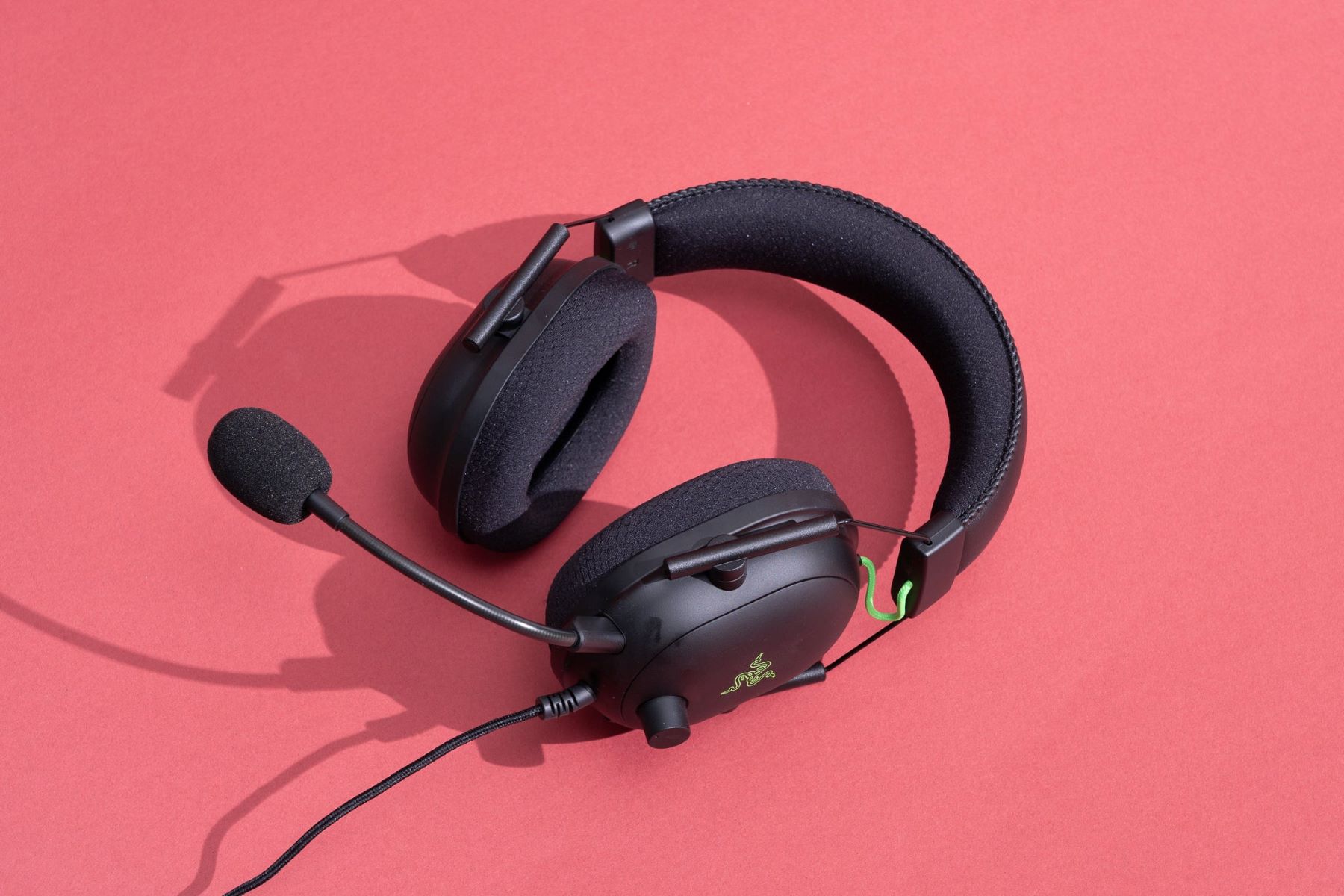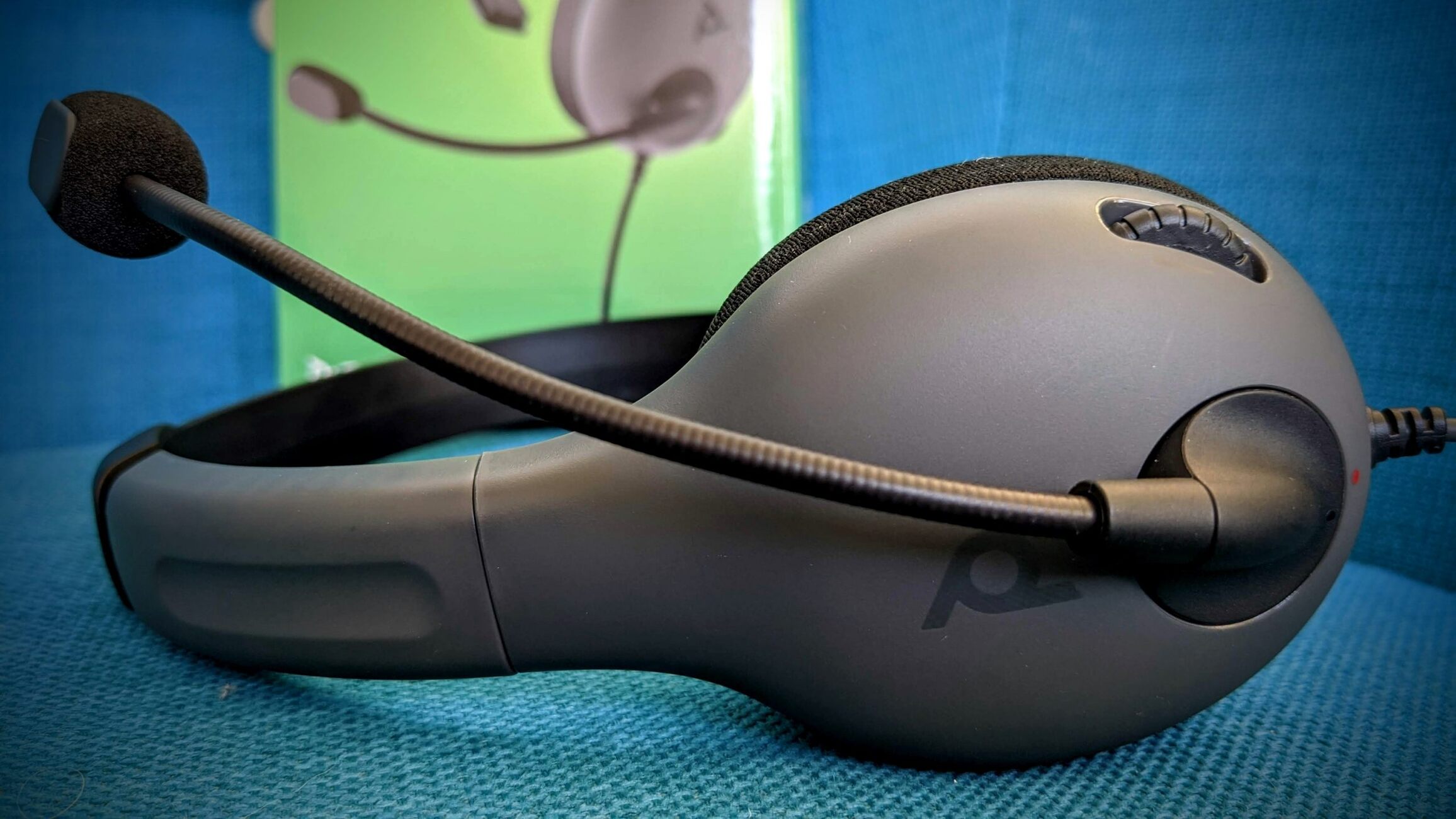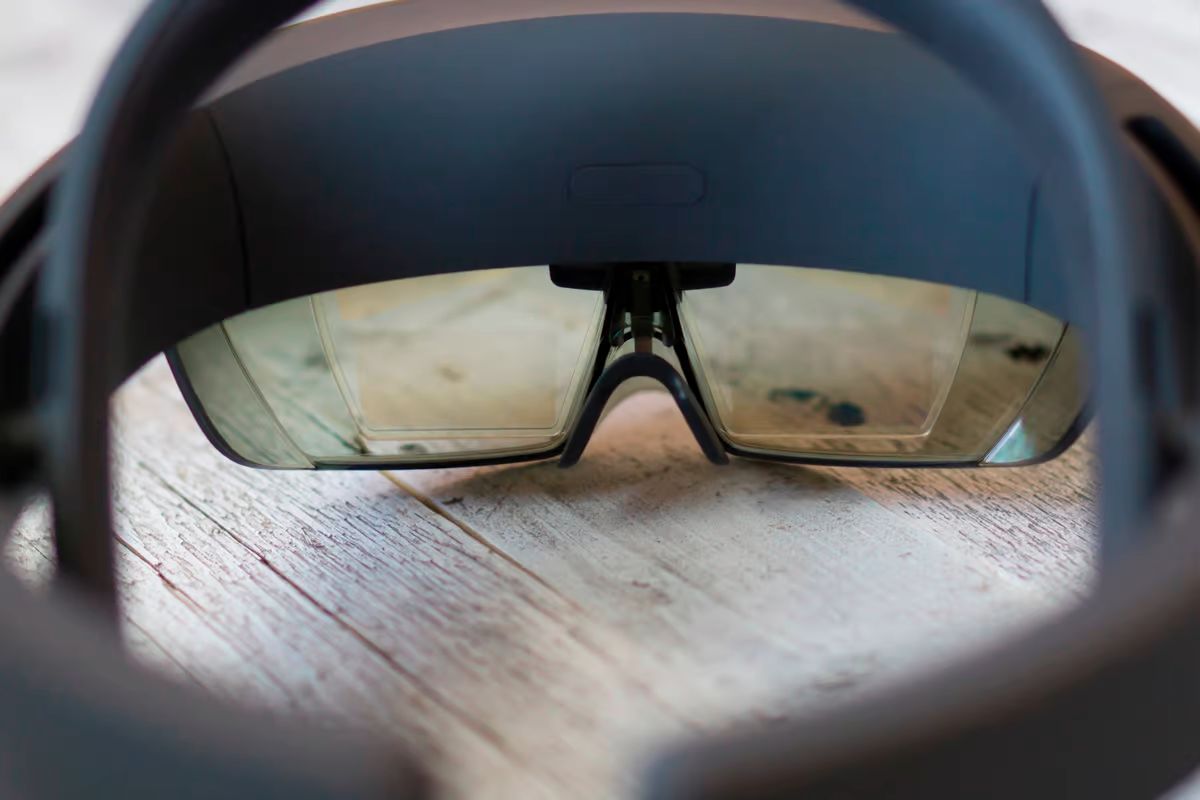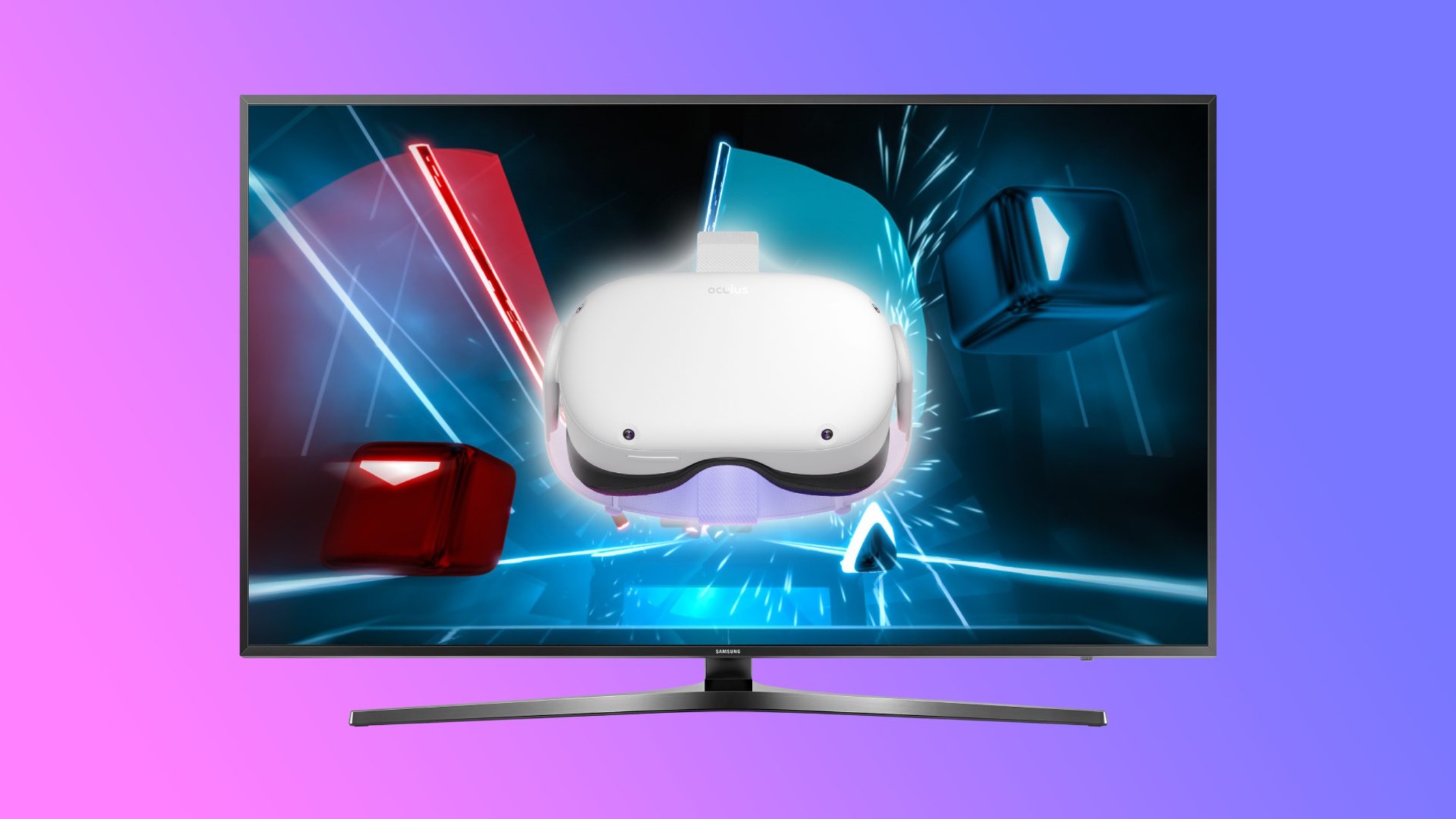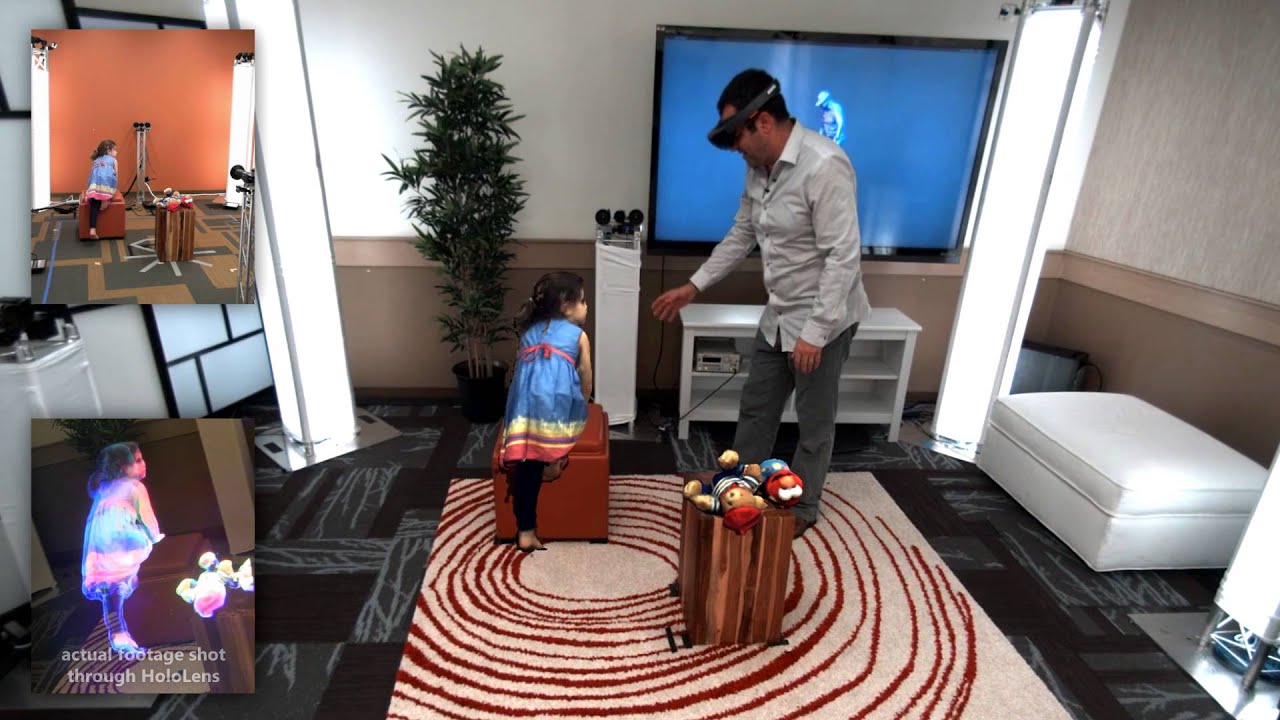Introduction
In today's fast-paced world, technology has become an integral part of our daily lives. From smartphones to smartwatches, we are constantly surrounded by gadgets that aim to make our lives easier and more efficient. One such gadget that has gained immense popularity is the headset. Whether you're a music enthusiast, a gamer, or a professional who relies on clear communication, understanding the basics of headsets is crucial.
Headsets have evolved from simple audio accessories to multifunctional devices that cater to a wide range of needs. With advancements in technology, headsets now offer features such as noise cancellation, wireless connectivity, and high-fidelity audio. As a result, choosing the right headset can be a daunting task, especially with the myriad of options available in the market.
In this comprehensive guide, we will delve into the fundamentals of headsets, exploring the various types, components, and factors to consider when selecting the perfect headset for your specific requirements. By gaining a deeper understanding of headsets, you will be better equipped to make informed decisions and maximize the benefits that these versatile devices have to offer. So, let's embark on this enlightening journey to unravel the world of headsets and equip ourselves with the knowledge needed to make the best choices in this ever-evolving technological landscape.
What is a Headset?
A headset is a versatile audio device that combines a pair of headphones with a microphone, providing a convenient all-in-one solution for various audio-related activities. It serves as a bridge between the user and their audio source, enabling seamless communication, entertainment, and productivity. The integration of headphones and a microphone into a single unit distinguishes headsets from traditional headphones, making them suitable for a wide range of applications.
In essence, a headset allows users to listen to audio content, such as music, podcasts, or game sound effects, while also facilitating clear communication through the microphone. This duality makes headsets invaluable in diverse settings, including gaming, teleconferencing, customer service, and content creation.
The evolution of headsets has led to the incorporation of advanced features, such as noise cancellation, surround sound, and wireless connectivity, enhancing the overall user experience. Furthermore, the compatibility of headsets with various devices, including computers, gaming consoles, smartphones, and audio interfaces, underscores their adaptability and widespread utility.
Whether it's for immersive gaming experiences, hands-free communication, or professional audio production, the versatility of headsets makes them indispensable in today's interconnected world. As technology continues to advance, the capabilities and applications of headsets are expected to expand, further solidifying their status as essential accessories for modern living.
Types of Headsets
Headsets come in a variety of designs and configurations, each tailored to specific use cases and user preferences. Understanding the different types of headsets is essential for making an informed decision when selecting the most suitable option. Here are the main types of headsets available in the market:
-
Over-Ear Headsets: These headsets feature ear cups that fully enclose the user's ears, providing immersive audio experiences and effective noise isolation. Over-ear headsets are favored by audiophiles and gamers for their superior sound quality and extended comfort during long listening sessions.
-
On-Ear Headsets: Unlike over-ear headsets, on-ear models have ear cups that rest on the user's ears rather than enclosing them. They offer a balance between portability and audio performance, making them popular choices for users who prioritize a compact design without compromising on sound quality.
-
In-Ear Headsets: Also known as earbuds or earphones, in-ear headsets are compact, lightweight, and fit snugly inside the ear canal. They are highly portable and ideal for on-the-go use, such as exercising or commuting. In-ear headsets are available in wired and wireless variants, catering to different connectivity preferences.
-
Gaming Headsets: Designed specifically for gaming enthusiasts, these headsets often feature immersive surround sound, noise-cancelling microphones, and ergonomic designs optimized for long gaming sessions. Gaming headsets are compatible with gaming consoles, PCs, and mobile devices, offering a competitive edge through precise audio cues and clear voice communication.
-
Bluetooth Headsets: As wireless technology continues to advance, Bluetooth headsets have become increasingly popular for hands-free communication and audio playback. These headsets utilize Bluetooth connectivity to pair with smartphones, tablets, and other Bluetooth-enabled devices, offering convenience and freedom of movement.
-
Noise-Cancelling Headsets: Ideal for noisy environments, noise-cancelling headsets utilize advanced technology to reduce ambient sounds, allowing users to focus on their audio content or maintain clear communication without external distractions. They are popular among professionals, frequent travelers, and individuals seeking a peaceful listening experience.
-
Business Headsets: Tailored for professional use, business headsets prioritize clear voice transmission and comfort for extended wear. They often feature ergonomic designs, noise-cancelling microphones, and compatibility with office telephony systems, making them essential tools for call centers, customer service representatives, and remote workers.
Understanding the characteristics and intended applications of these headset types empowers users to make informed choices based on their specific audio needs, preferences, and lifestyle. Whether it's for immersive entertainment, seamless communication, or productive work, the diverse range of headset options ensures that there is a perfect match for every user.
Components of a Headset
A headset comprises several essential components that work in harmony to deliver high-quality audio and facilitate clear communication. Understanding these components is crucial for gaining insight into the functionality and performance of a headset. Here are the key components of a typical headset:
-
Headband: The headband serves as the structural framework of the headset, providing support and stability while ensuring a comfortable fit on the user's head. It is often adjustable to accommodate different head sizes and shapes, enhancing overall wearing comfort.
-
Ear Cups: Also known as earpieces or ear shells, the ear cups house the speakers (drivers) that deliver audio to the user's ears. They are designed to provide a snug fit around the ears, contributing to sound isolation and immersive listening experiences. In some headsets, the ear cups may feature additional controls for volume, playback, and microphone muting.
-
Drivers: These are the core components responsible for converting electrical signals into sound waves. High-quality drivers are essential for producing accurate and detailed audio across different frequency ranges, resulting in a rich and dynamic listening experience.
-
Microphone: In headsets designed for communication, a microphone is integrated to capture the user's voice and transmit it to the receiving end. The microphone's quality, positioning, and noise-cancelling capabilities significantly impact the clarity and intelligibility of voice communication, making it a vital component for telephony, gaming, and voice recording purposes.
-
Cables or Wireless Modules: Headsets may utilize wired connections with detachable or fixed cables, often equipped with in-line controls for adjusting volume, answering calls, or managing audio playback. Alternatively, wireless headsets rely on Bluetooth or proprietary wireless technologies for seamless connectivity with compatible devices, offering freedom of movement and eliminating cable clutter.
-
Padding and Cushioning: To ensure prolonged comfort during extended use, headsets feature padding and cushioning in key areas, such as the headband and ear cups. High-quality padding materials, such as memory foam or breathable fabrics, contribute to reduced pressure points and enhanced wearing comfort, especially for users who engage in extended listening or communication sessions.
Understanding the intricate interplay of these components provides users with valuable insights into the construction, performance, and ergonomic considerations of headsets. Whether it's the precision of the drivers, the comfort of the ear cups, or the versatility of the connectivity options, each component plays a crucial role in shaping the overall user experience and functionality of the headset.
How to Choose the Right Headset
Choosing the right headset involves considering various factors to ensure that it aligns with your specific needs and preferences. With a myriad of options available in the market, understanding the following key considerations can empower you to make an informed decision when selecting a headset that best suits your requirements.
1. Purpose and Usage
First and foremost, identify the primary purpose for which you intend to use the headset. Whether it's for gaming, music enjoyment, professional communication, or a combination of activities, understanding the intended usage will guide you towards selecting a headset with the appropriate features and capabilities.
2. Audio Quality
Evaluate the audio performance of the headset, considering factors such as frequency response, driver size, and sound isolation. For audiophiles and gamers, high-fidelity audio reproduction and immersive soundscapes are paramount, while clear and natural voice transmission is crucial for communication-oriented applications.
3. Comfort and Fit
Comfortable wearing experience is essential, especially for prolonged usage. Consider the ergonomics of the headband, ear cups, and padding materials to ensure a snug and pressure-free fit. Adjustable headbands and swiveling ear cups can enhance comfort and accommodate different head shapes and sizes.
4. Connectivity Options
Determine your preferred connectivity type, whether it's wired, wireless, or both. Wired headsets offer reliable connections and compatibility with a wide range of devices, while wireless options provide freedom of movement and convenience, particularly for mobile and active use scenarios.
5. Microphone Quality
If the headset will be used for voice communication, pay attention to the microphone quality, noise-cancelling capabilities, and positioning. Clear and intelligible voice transmission is essential for teleconferencing, online gaming, and voice recording applications.
6. Durability and Build Quality
Assess the build materials and overall durability of the headset, especially if it will be subjected to frequent use or travel. Robust construction, reinforced joints, and premium materials contribute to the longevity and reliability of the headset.
7. Compatibility
Ensure that the headset is compatible with your existing devices, such as gaming consoles, computers, smartphones, and audio interfaces. Compatibility with specific platforms and operating systems is crucial to ensure seamless integration and optimal performance.
By considering these factors, you can narrow down the options and find a headset that perfectly aligns with your preferences, usage scenarios, and audio requirements. Whether you prioritize audio fidelity, communication clarity, or all-day comfort, the right headset will enhance your overall audio experiences and productivity across various activities.
Conclusion
In conclusion, understanding the basics of headsets is paramount in navigating the diverse landscape of audio accessories and communication devices. The evolution of headsets, from simple audio peripherals to multifunctional tools, has revolutionized how we engage with audio content, communicate, and immerse ourselves in virtual environments. With an array of headset types, including over-ear, on-ear, in-ear, gaming, Bluetooth, noise-cancelling, and business-oriented models, users can tailor their choices to specific needs and preferences.
The components of a headset, from the headband and ear cups to the drivers and microphone, work in harmony to deliver high-quality audio and ensure clear communication. Comfort, audio performance, connectivity options, and durability are pivotal factors to consider when choosing the right headset. Whether it's for gaming, music listening, professional communication, or active lifestyles, the diverse range of headsets available caters to a wide spectrum of user requirements.
As technology continues to advance, the future of headsets holds promise for even more innovative features and enhanced user experiences. From advancements in wireless connectivity and noise-cancelling technology to the integration of virtual assistants and spatial audio, the evolution of headsets is poised to further enrich our audio interactions and redefine how we engage with digital content.
By gaining a deeper understanding of headsets and their intricacies, users can make informed decisions, maximizing the benefits these versatile devices offer. Whether it's for enhancing productivity in professional settings, immersing in captivating audio experiences, or staying connected in a fast-paced world, the right headset serves as a gateway to seamless audio interactions and clear communication.
In essence, the world of headsets continues to evolve, presenting an exciting journey of innovation and user-centric design. Through the thoughtful consideration of factors such as purpose, audio quality, comfort, connectivity, and compatibility, users can embark on an enriching audio journey, empowered by the transformative capabilities of modern headsets.







